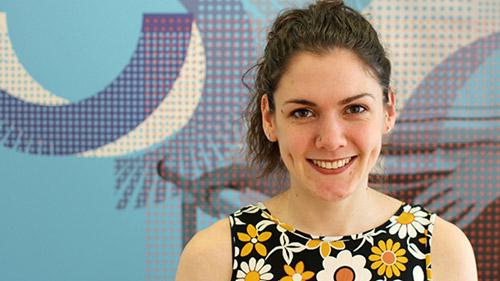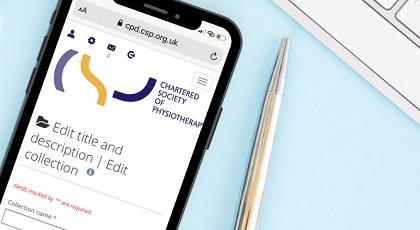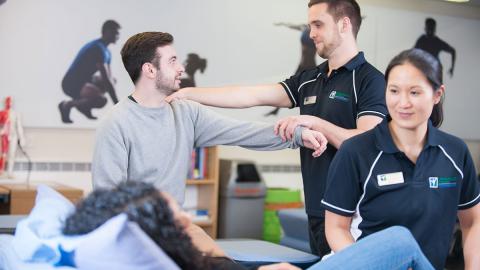Ella Jennings, former Student Executive Committee chair and CPD learning champion shares her tips on keeping a CPD portfolio

It's coming up to summer term and with that in mind, final year students will be thinking about applying for interviews if they haven't already applied for jobs.
Even if you're not at that stage, it's a good idea to get thinking about your CPD portfolio as it will be required at interview.
Here are my top tips:
It's never too early to start
- Start now! Even if you're a first year student it's useful to make a start with your portfolio, even if it's just working out how you're going to organise it as this will help you throughout your degree. You will thank yourself later.
- Ask for feedback. If someone gives you verbal praise or suggestions, ask them to write it down for you. Even better - if you know you are going to be doing something like delivering a presentation, you can ask people to comment on specific aspects like 'delivery' or 'content', even 'body language' in advance.
- Use the CSP ePortfolio. It may take a little while to get used to but once you start you can keep everything in one place. You can tag your posts, scan and upload anything written on paper or upload word documents if you don't want to actually type out the piece of CPD in this portfolio space. The ePortfolio also has documents that are set up specific to professional events.

Get organised
- Putting in an hour's slot in your diary dedicated to portfolio work every week would act as a way of ensuring you're keeping on top of things.
- Organise by the Knowledge and Skills Framework (KSFs) or the CSP Quality Assurance Standards. This might be a good place to start if you're struggling. Not only will you familiarise yourself with your professional standards, if you look at any band 5 person specification the qualities required will fall within the standards you have already covered.
- While you're out on placement and you have your notebook filled with interesting things that you've written down throughout the day, use the left hand margin to asterisk or circle an 'R' to what you think is reflection-worthy. That way it'll be easy to find when you're searching for that all important experience that's been lost among all your Arterial Blood Gases (ABG) workings.
- Keep an index. Related to the last point, if you keep an index of which standards your CPD applies to you can pull out what you need to tailor your portfolio at interview. You will also get an idea of any areas you are lacking towards your final year and make an effort to fulfil these during placement.
- Reflection is a cyclical process. If you have an action plan following some reflection, remember to go back to it and show how it's affected you. One of my best answers at interview (well, I got the job) was when I was asked about strengths and weaknesses. I was able to identify an area I struggled in, the things I'd put in place during university to strengthen and improve that area.
- CPD is personal. Whilst I can give you these tips it's completely up to you how you organise your CPD or choose to reflect. You don't have to stick to one style or format, but it's useful to find something that works for you as you are more likely to stick to it.
- Finally when writing your reflections, support what you've learnt with relevant research. This will demonstrate your ability to use current evidence to improve your own practice.
Find Out More
Last reviewed:





































